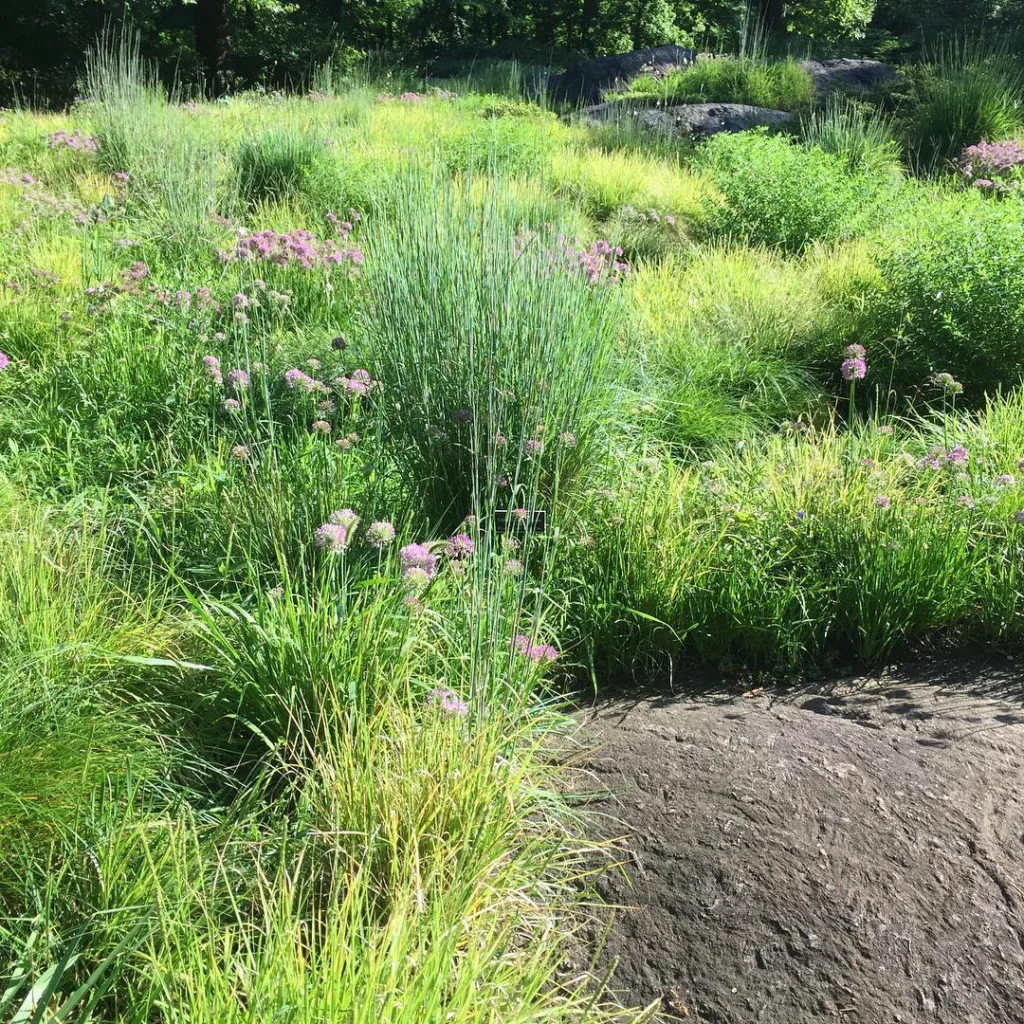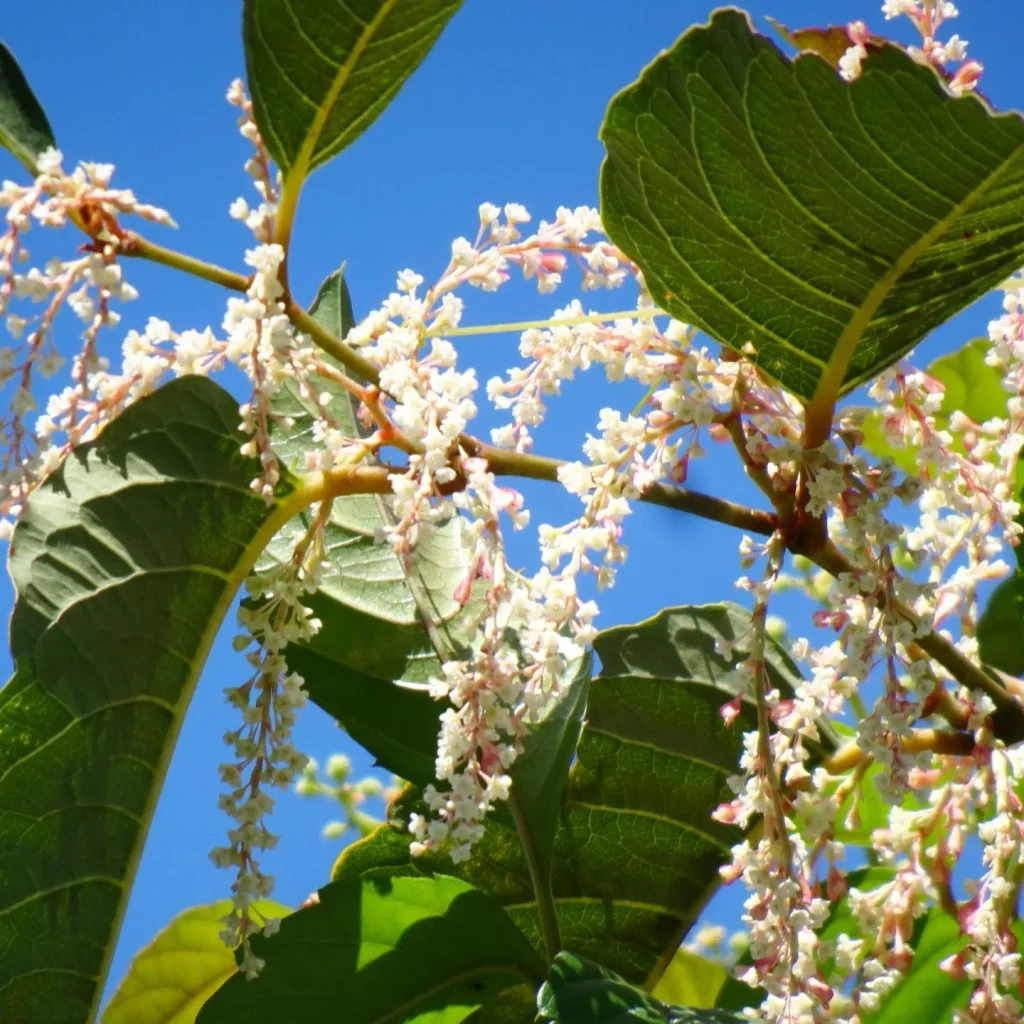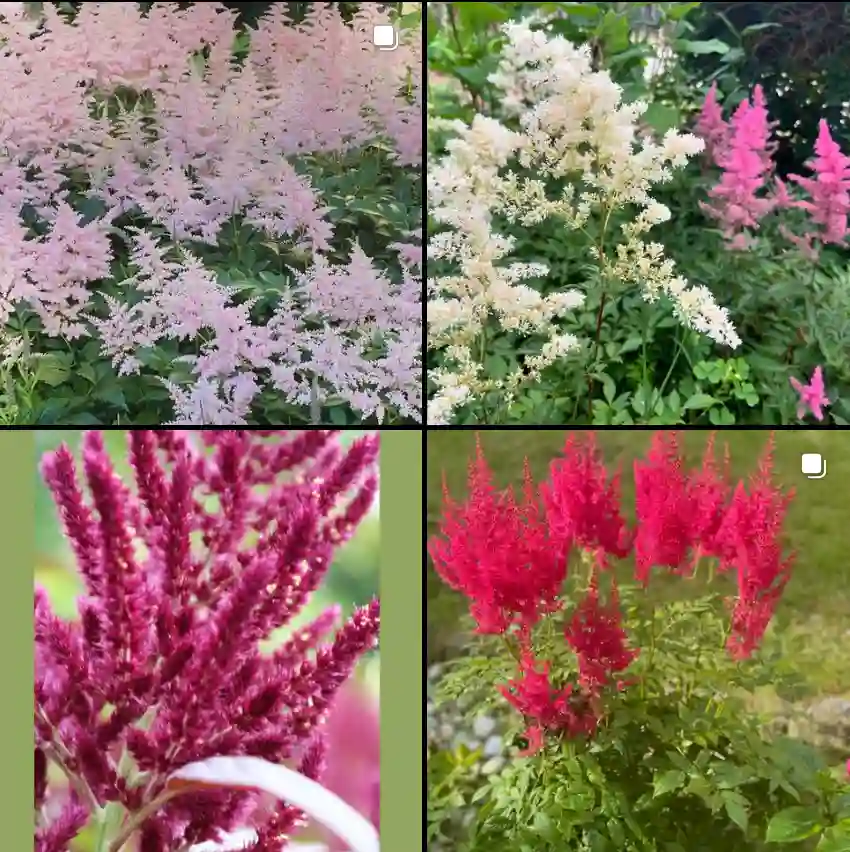Sesbania: A Deep Dive with Ferb Vu
As a plant enthusiast, I’ve always been fascinated by the diversity and resilience of the Sesbania genus. This group of flowering plants, belonging to the pea family (Fabaceae), boasts a wide array of species with unique characteristics and uses. From the vibrant blossoms of the rattlebox (Sesbania punicea) to the culinary applications of Sesbania sesban, this genus truly showcases the wonders of the natural world. Join me as we explore the intriguing world of Sesbania.
What is Sesbania?
Sesbania is a genus of flowering plants in the legume family, known for their rapid growth and adaptability to various environments. They are often referred to as “riverhemp” due to their preference for moist habitats and their hemp-like fibers. These plants are typically characterized by their long, slender leaves, pea-like flowers, and elongated seed pods.
Species within the Sesbania Genus
The Sesbania genus encompasses a diverse range of species, each with its own unique features and distribution. Some of the notable species include:
- Sesbania bispinosa: Also known as spiny sesbania, this species is characterized by its spiny stems and is often used as a green manure or for fiber production.
- Sesbania punicea: Commonly known as the rattlebox, this species is known for its showy, red flowers and is often cultivated as an ornamental plant. However, it’s important to note that it can also be invasive in some areas.
- Sesbania sesban: This species, often simply referred to as “sesbania,” is cultivated for its edible leaves, flowers, and young pods, particularly in Southeast Asia. It also has various medicinal and agricultural uses.
- Sesbania grandiflora: Known as the vegetable hummingbird or agati, this small tree produces large, edible flowers that are a popular ingredient in Southeast Asian cuisine. – Plant FAQs: Sesbania Grandiflora – Hummingbird Tree – Aglia
- Sesbania drummondii: This North American species, also known as Drummond’s rattlebox, is recognized by its yellow flowers and is often found in wetland areas.
- Sesbania benthamiana Domin
- Sesbania brachycarpa F.Muell.
- Sesbania brevipeduncula J.B.Gillett
- Sesbania burbidgeae C.L.Gross
- Sesbania campylocarpa (Domin) N.T.Burb.
- Sesbania cannabina (Retz.) Poir.
- Sesbania chippendalei N.T.Burb.
- Sesbania cinerascens Welw. ex Baker
- Sesbania coccinea (L.f.) Poir.
- Sesbania coerulescens Harms
- Sesbania concolor J.B.Gillett
- Sesbania dalzielii E.Phillips & Hutch.
- Sesbania dummeri E.Phillips & Hutch.
- Sesbania erubescens (Benth.) N.T.Burb.
- Sesbania exasperata Kunth
- Sesbania formosa (F.Muell.) N.T.Burb.
- Sesbania goetzei Harms
- Sesbania greenwayi J.B.Gillett
- Sesbania hepperi J.B.Gillett
- Sesbania herbacea (Mill.) McVaugh – Plant FAQs: Sesbania Herbacea
- Sesbania hirtistyla J.B.Gillett
- Sesbania javanica Miq.
- Sesbania keniensis J.B.Gillett
- Sesbania leptocarpa DC.
- Sesbania longifolia DC.
- Sesbania macowaniana Schinz
- Sesbania macrantha Welw. ex E.Phillips & Hutch.
- Sesbania macroptera Micheli
- Sesbania madagascariensis Du Puy & Labat
- Sesbania marchionica F.Br.
- Sesbania melanocaulis Bidgood & Friis
- Sesbania microphylla Harm.
- Sesbania mossambicensis Klotzsch
- Sesbania muelleri C.L.Gross
- Sesbania notialis J.B.Gillett
- Sesbania oligosperma Taub.
- Sesbania pachycarpa DC.
- Sesbania paucisemina J.B.Gillett
- Sesbania procumbens (Roxb.) Wight & Arn.
- Sesbania quadrata J.B.Gillett
- Sesbania rostrata Bremek. & Oberm.
- Sesbania sericea (Willd.) Link
- Sesbania simpliciuscula F.Muell. ex Benth.
- Sesbania somalensis J.B.Gillett
- Sesbania speciosa Taub. ex Engl.
- Sesbania sphaerocarpa Welw.
- Sesbania subalata J.B.Gillett
- Sesbania sudanica J.B.Gillett
- Sesbania tetraptera Hochst. ex Baker
- Sesbania tomentosa Hook. & Arn.
- Sesbania transvaalensis J.B.Gillett
- Sesbania uliginosa (Roxb.) G.Don
- Sesbania vesicaria (Jacq.) Elliott
- Sesbania virgata (Cav.) Poir.
- Sesbania wildemannii E.Phillips
Uses and Benefits of Sesbania
Sesbania plants offer a wide range of uses and benefits across various fields:
- Agriculture: Many Sesbania species are used as green manure or cover crops to improve soil fertility due to their nitrogen-fixing abilities. They can also serve as fodder for livestock.
- Fiber production: Some species, like Sesbania bispinosa, are cultivated for their strong fibers, which are used in making ropes, paper, and other materials.
- Culinary uses: Sesbania sesban and Sesbania grandiflora are particularly known for their edible flowers, leaves, and young pods, which are consumed as vegetables in various cuisines.
- Medicinal properties: Traditional medicine utilizes different parts of Sesbania plants for their potential anti-inflammatory, antimicrobial, and antioxidant properties.
- Ornamental plants: Species like Sesbania punicea are grown for their attractive flowers, adding beauty to gardens and landscapes.
Ecological Importance of Sesbania
Beyond their practical uses, Sesbania plants play a vital role in the ecosystem. Their ability to fix nitrogen enriches the soil, benefiting other plants in the surrounding environment. They also provide habitat and food sources for various wildlife species. Additionally, their rapid growth and adaptability make them valuable in erosion control and land rehabilitation efforts.
Challenges and Considerations
While Sesbania offers numerous benefits, it’s essential to be aware of potential challenges. Some species, like Sesbania punicea, can become invasive, posing a threat to native plant communities. It’s crucial to manage these species carefully to prevent ecological imbalances. Moreover, like many legumes, Sesbania can contain anti-nutritional factors that may require proper processing before consumption.
Future Prospects
Research on Sesbania continues to explore its potential in various fields. Scientists are investigating its use in biofuel production, phytoremediation (using plants to clean up pollutants), and even as a potential source of protein for human consumption. The adaptability and versatility of this genus make it a promising candidate for sustainable solutions in a changing world.
Conclusion
The Sesbania genus exemplifies the remarkable diversity and utility of the plant kingdom. From its agricultural and culinary applications to its ecological importance and potential for future innovations, Sesbania offers a fascinating glimpse into the interconnectedness of nature and human society. As we continue to learn more about this remarkable genus, we can harness its potential to address various environmental and societal challenges, paving the way for a more sustainable future.
If i die, water my plants!



